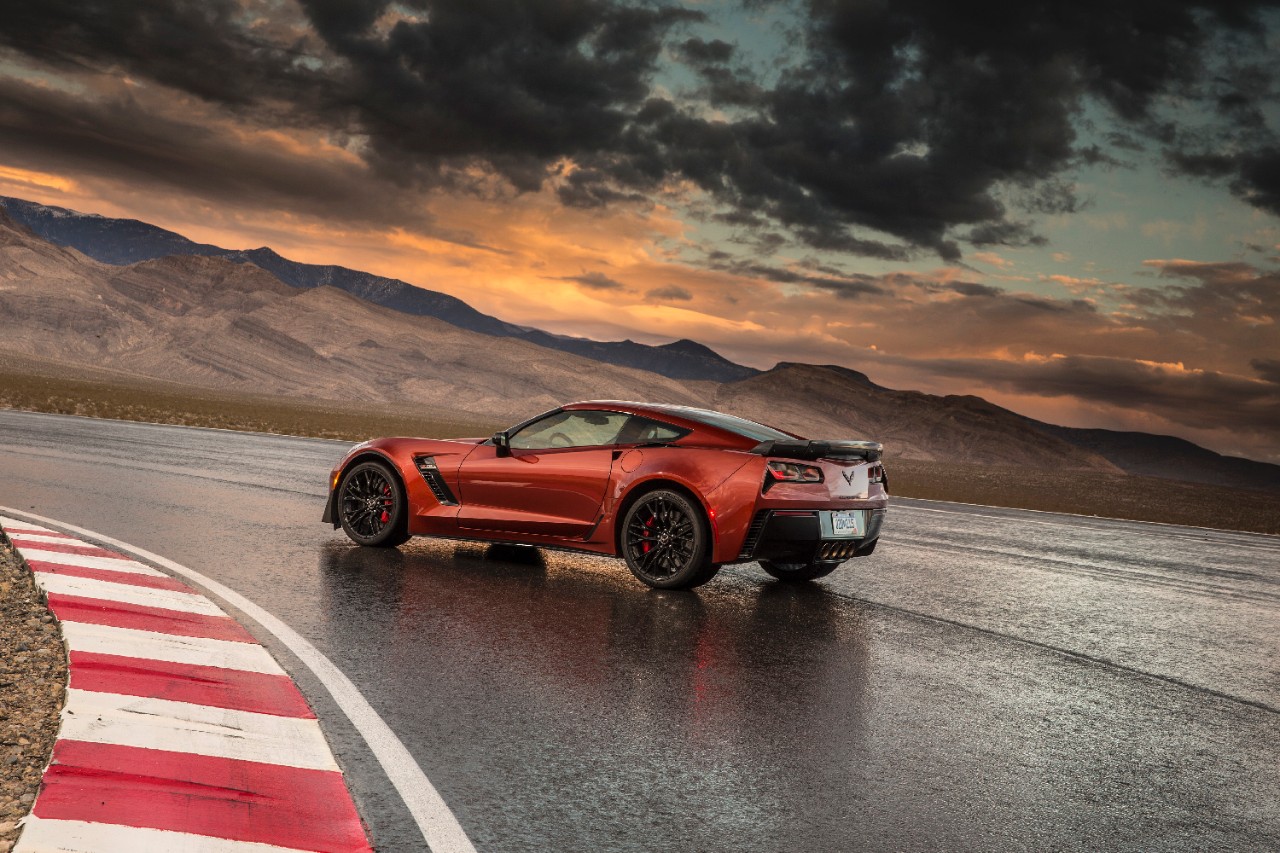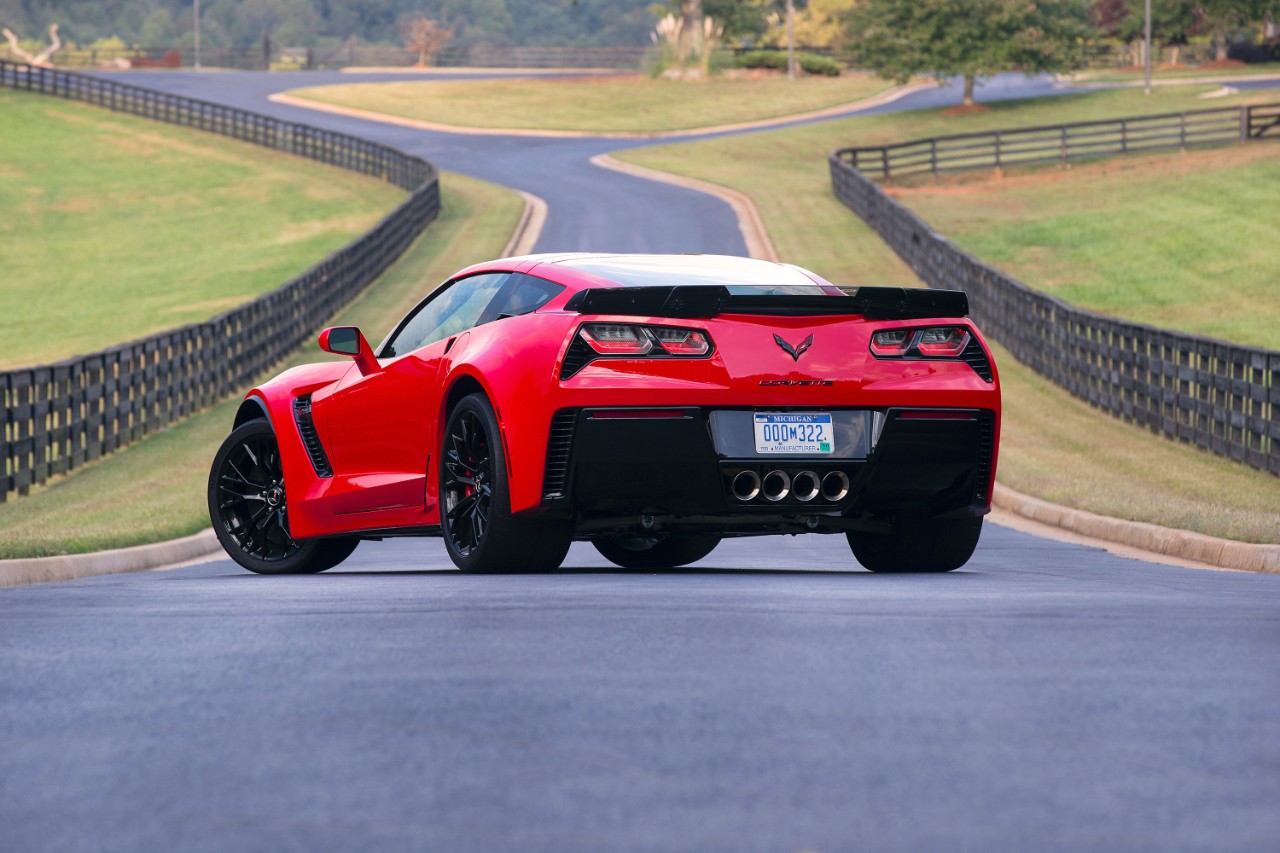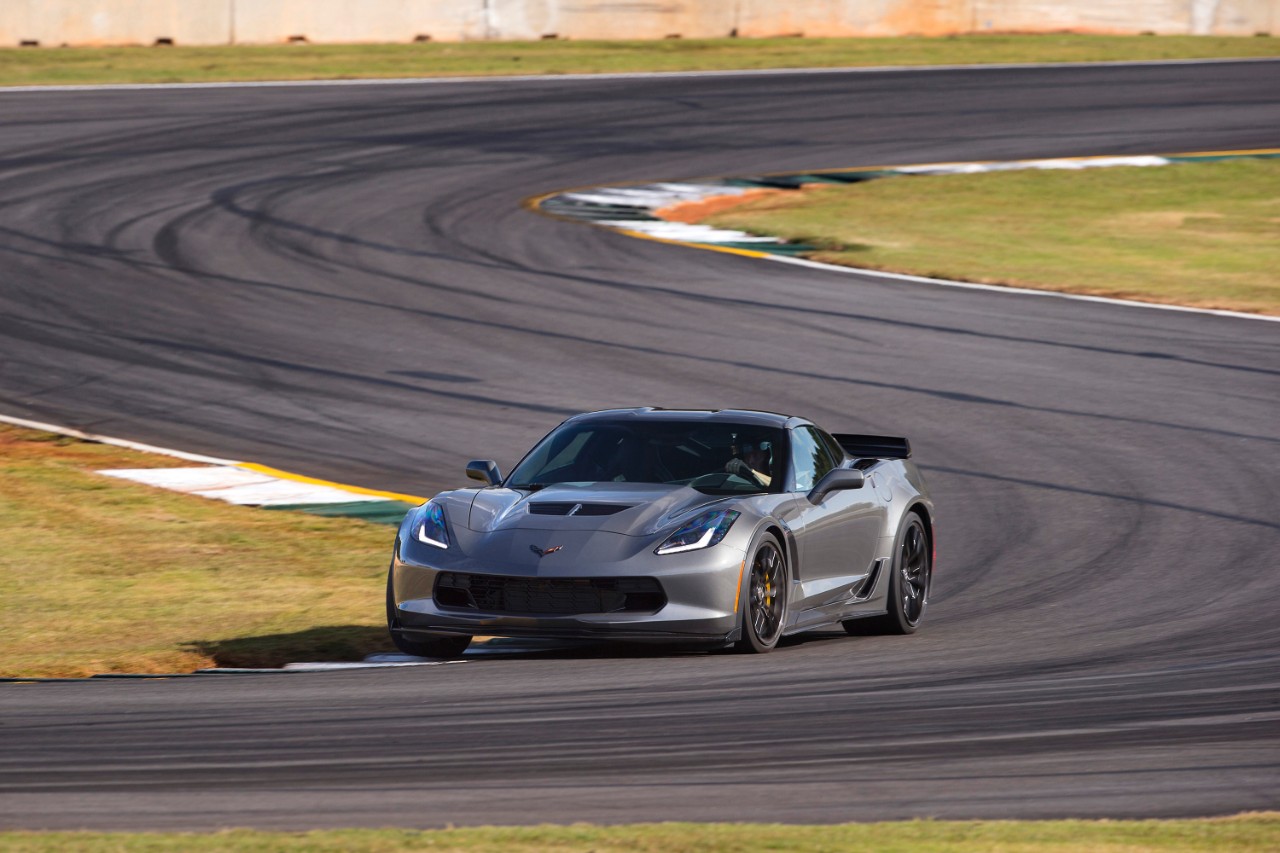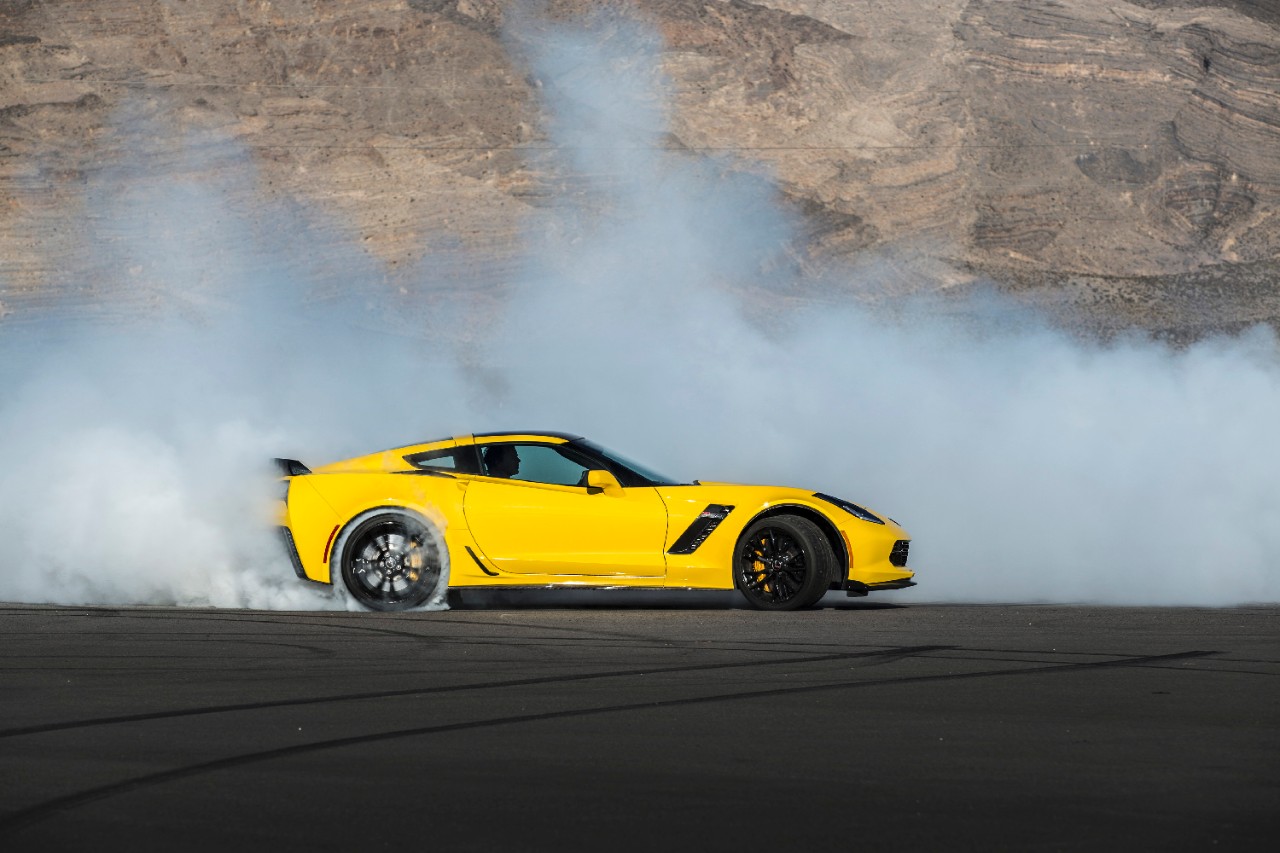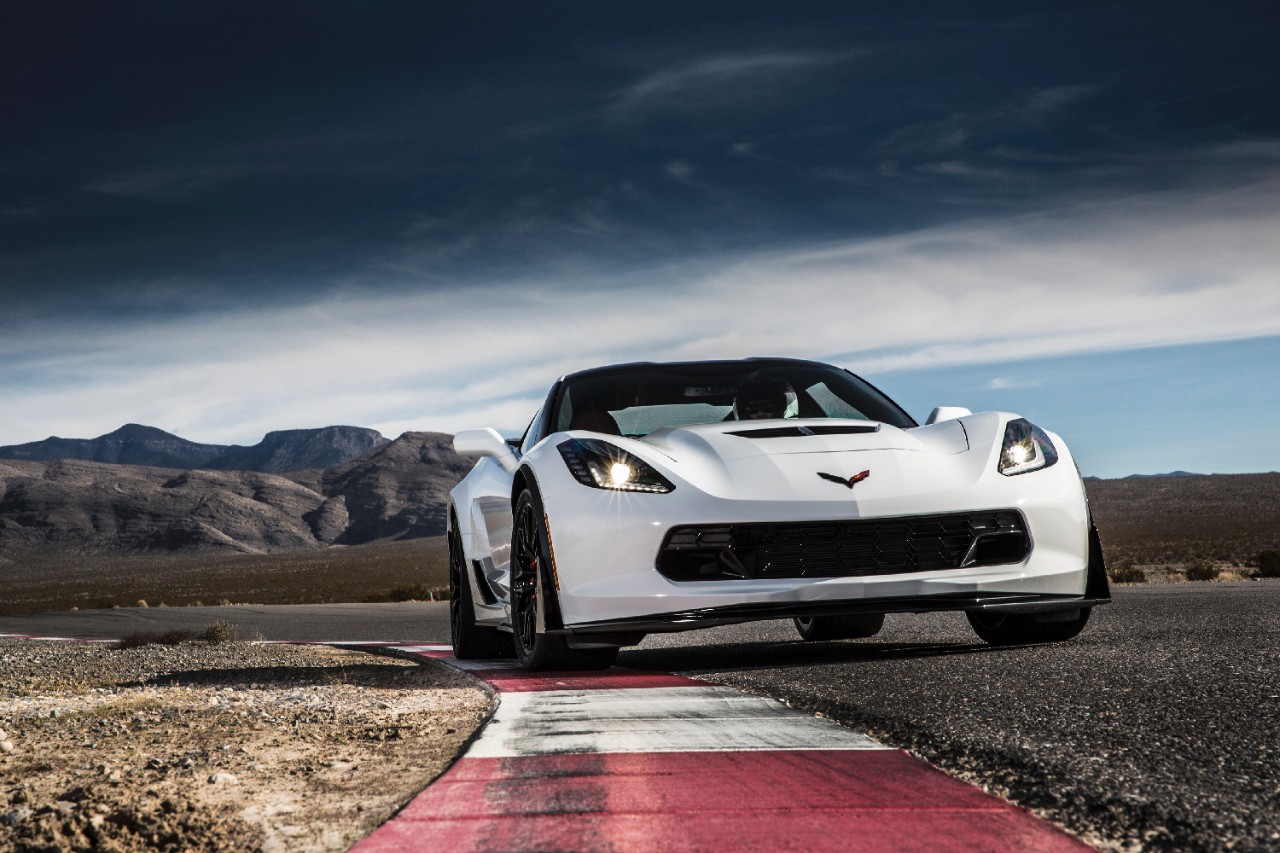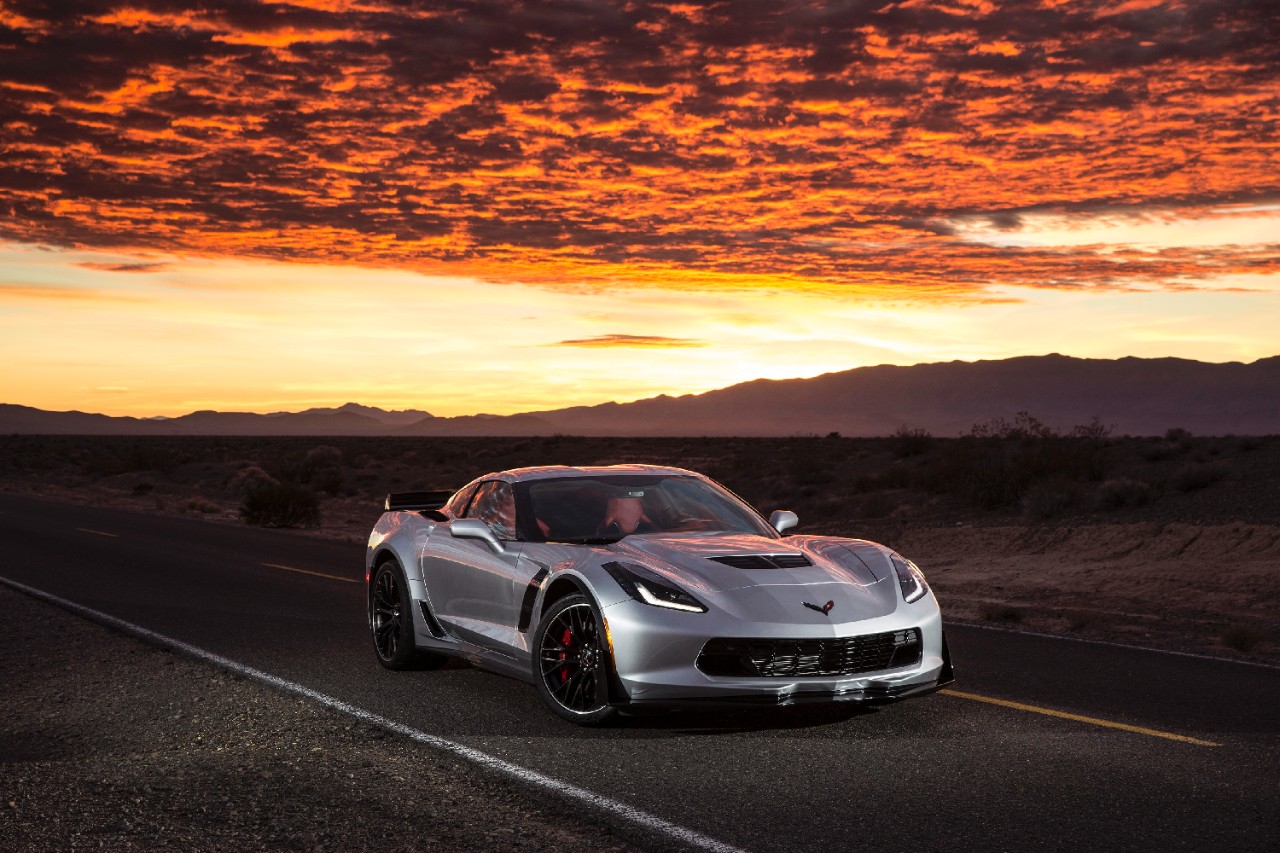Tadge Juechter Responds to the C7 Corvette Z06’s Overheating Issue
One of the most popular topics on Corvette Forum has centered on the new 2015 Corvette Z06’s temperature issues. If you keep track of the trending threads on this site, you know a lot of forum members, most of whom own anything but a new Z06, are pretty livid about the supercar’s tendency to heat up rather easily on the track, or when being naughty on the streets.
I can appreciate the anger. When Chevy touts the new Z06 as the most track-capable Corvette ever, and then it loses power when flogged a bit, the biggest Corvette fans are bound to get upset whether they own a new Z06 or not. Who wants to see an idol falter? Not this Corvette worshipper.
Lately the forum has been buzzing about the overheating that caused a Z06 to lose power with each successive lap when Randy Pobst was testing one last fall at Road Atlanta for Motor Trend.
In the video below, Carlos Lago says Randy Pobst, Motor Trend’s resident hot shoe, was able to run a 1:30.17 in his first and fastest lap. Randy got more aggressive in the corners on his second and third laps, but power was decreasing. As a result, he achieved a 1:30.21 and a 1:30.67 on laps two and three, respectively. Lago says the times fell off after the third lap.
By the fourth or fifth lap, according to Lago, the Z06 threw an overheat warning, and Randy had to “put it in neutral, slow down and cool it off.”
The thread surrounding this video was started back in November by forum member “descartesfool“. As I publish this, descartesfool’s thread is the second-most popular discussion on Corvette Forum.
Now that we have an “Ask Tadge” section — a space where forum members have a direct line to Corvette Vehicle Line Executive and Chief Engineer, Tadge Juechter — it was only a matter of time before Tadge would be asked about the Z06’s tendency to get all hot and bothered.
Here’s the question that won the majority vote to be sent to Tadge this week:
That question was submitted by “lawdogg149“. You might remember him. He’s famous around these parts. He’s the guy who suffered the first blown engine in a new Corvette Z06 with only 891 miles on the clock. You can read more about the Lawdogg saga here.
And now, here is Tadge Juechter’s answer:
There are lots of interesting back stories behind recent media tests, but the question asked is about Road Atlanta, so for the purposes of this thread, I will focus on our long-lead media event last November.
We spent a week there with journalists from around the world. We had pro drivers Tommy Milner, Randy Pobst and Andy Pilgrim behind the wheel along with many other very capable drivers. They were permitted to run consecutive laps with minimal or no traffic, so essentially “qualifying laps”.
Over the course of the week we had two cars come into the pits with hot warning messages. The first was due to the loss of an accessory drive belt. We had a pre-production tensioner on that car, which failed, throwing the belt and we lost the water pump. We have had no issues with production tensioners.
The second car was an automatic. I believe it was being driven by Randy on the hottest day there, which was right around our design performance target of 86 degrees (more on that below). After multiple laps at speed, he came in with a hot warning message.
Although the car had been out on track all week, that was the first and only incident. In Corvette’s 60-year history, we have never put automatics on track for media, and never encouraged people interested in track usage to buy automatics.
The new eight-speed automatic gives us a chance to put more automatic transmission customers on the track. Because there is some lack of clarity around the true capability of each of the transmissions, this question gives us the opportunity to publish some guidelines:
- The Z06 Manual is designed to keep engine oil, coolant, transmission and differential fluids below the hot warning targets when driven by a professional on a 30°C day (86°F) on a “typical” racetrack for an indefinite period of time (effectively the time to burn through a full tank of fuel). Our team validates the durability of the Z06 cooling systems with a 24-hour accumulated track test to simulate the most aggressive track-day usage by our customers.
- We designate our track: the Milford Road Course, as the “typical” standard, but recognize there are tracks around the world that are easier on a cooling system, and some that are harder on a cooling system. Generally speaking, tighter tracks with lower average speed and higher sustained RPM, will drive higher fluid system temperatures.
- Higher-temperature ambient conditions affect all cars’ abilities to run sustained laps at ten-tenths.
- The Z06 Automatic transmission put in “Drive” selects the lowest-possible gear ratio for the best acceleration, and because it has eight closely-spaced ratios, it typically runs higher-average RPM than the manual. This optimizes lap time performance, but also taxes the engine oil and coolant more for any given track. So the automatic has the capability to run faster laps than the manual, but thermal limitations are reached more quickly. Customers who are planning to run extended track-day sessions at “professional” speeds, are advised to go with the manual transmission, or to paddle shift the automatic and select higher gears when conditions warrant it.
- Any time the maximum recommended temperatures are reached in any condition, the DIC will give warnings at the appropriate time for coolant, oil or transmission fluid. A cool-down lap or two will bring operating temperatures back to a reasonable level, and aggressive track driving can be resumed.
Some may wonder why we don’t design to higher temperatures — say 110 degrees — to accommodate southern tracks in the summer. We have used the “pro driver at 86 degrees” criteria for generations of Corvettes, and for the vast majority of customers, it has resulted in excellent performance for their usage.
If we designed to higher-temperature criteria, we would have to add a lot of cooling hardware, which drives mass up, and perhaps more importantly, you have to feed the system with more air, which has a huge impact on appearance and aerodynamic drag. Like most aspects of car design, the challenge is in finding the best balance of conflicting requirements.
Tadge has spoken, and it all makes sense to me. The forum seems pretty pleased with his answer as well. Even the track-warrior Z06 customers with automatics are less upset than I expected. For a forum that overheats as easily as the new Z06, I am blown away by the amount of calm I’m seeing.


